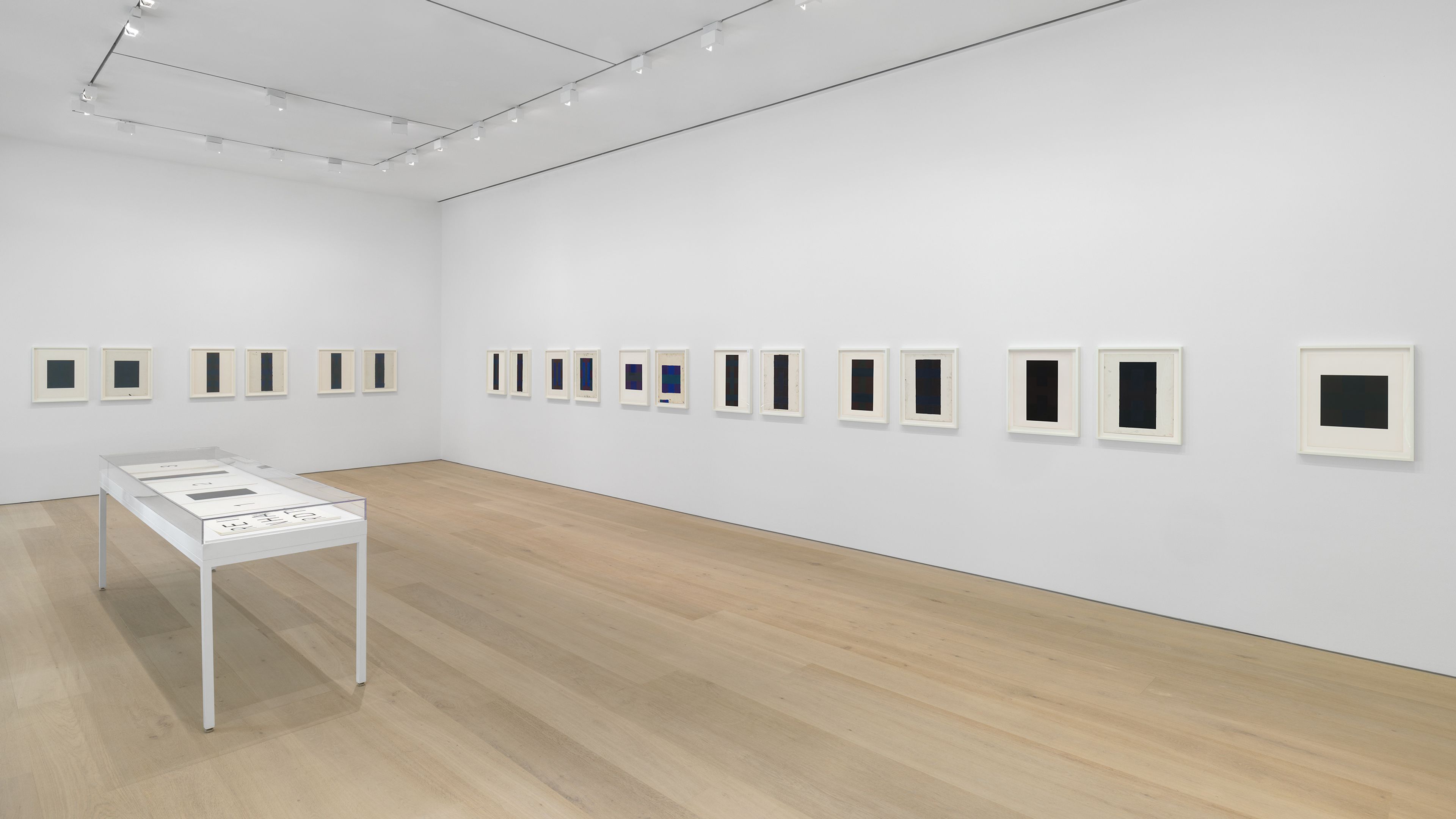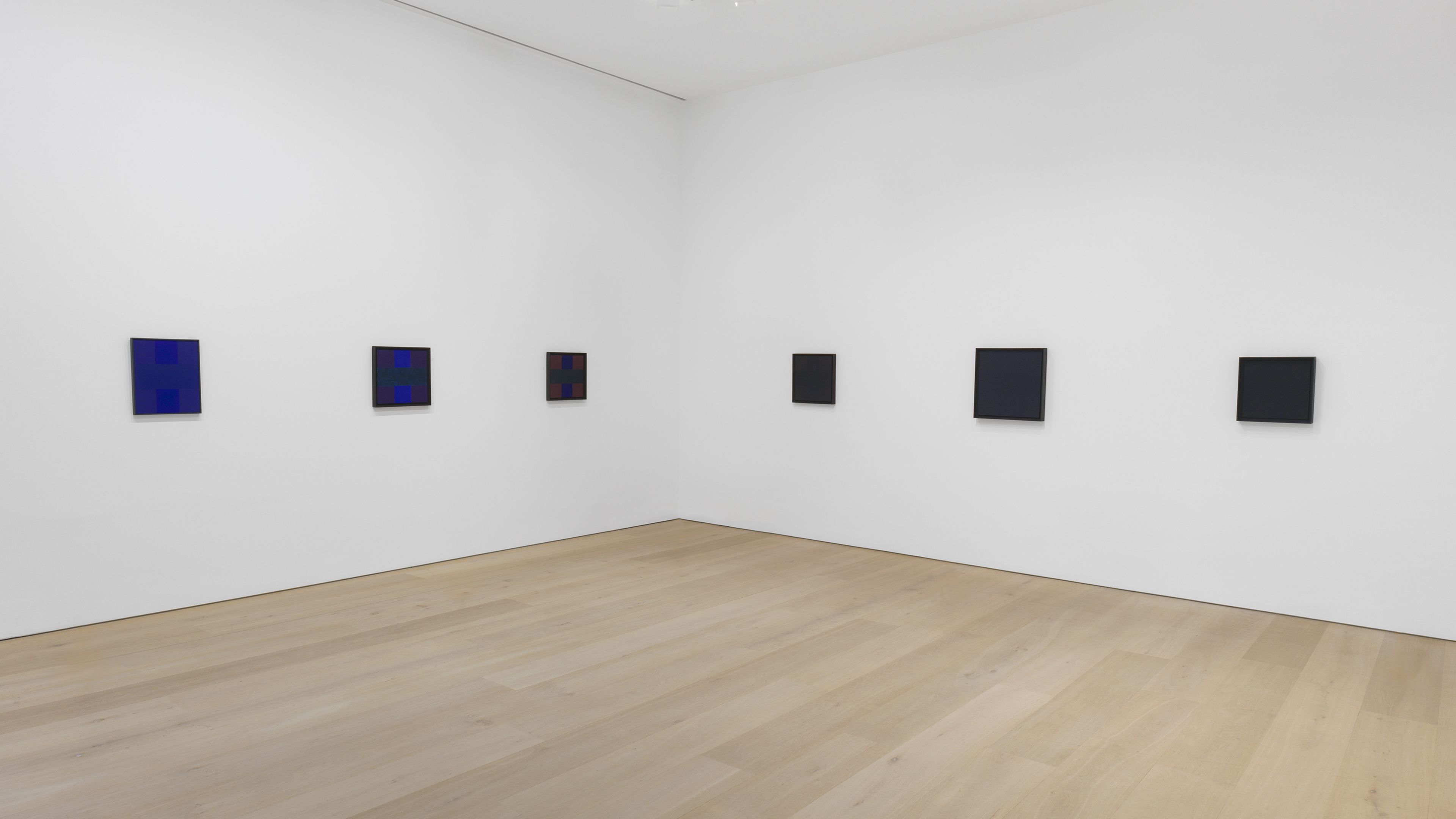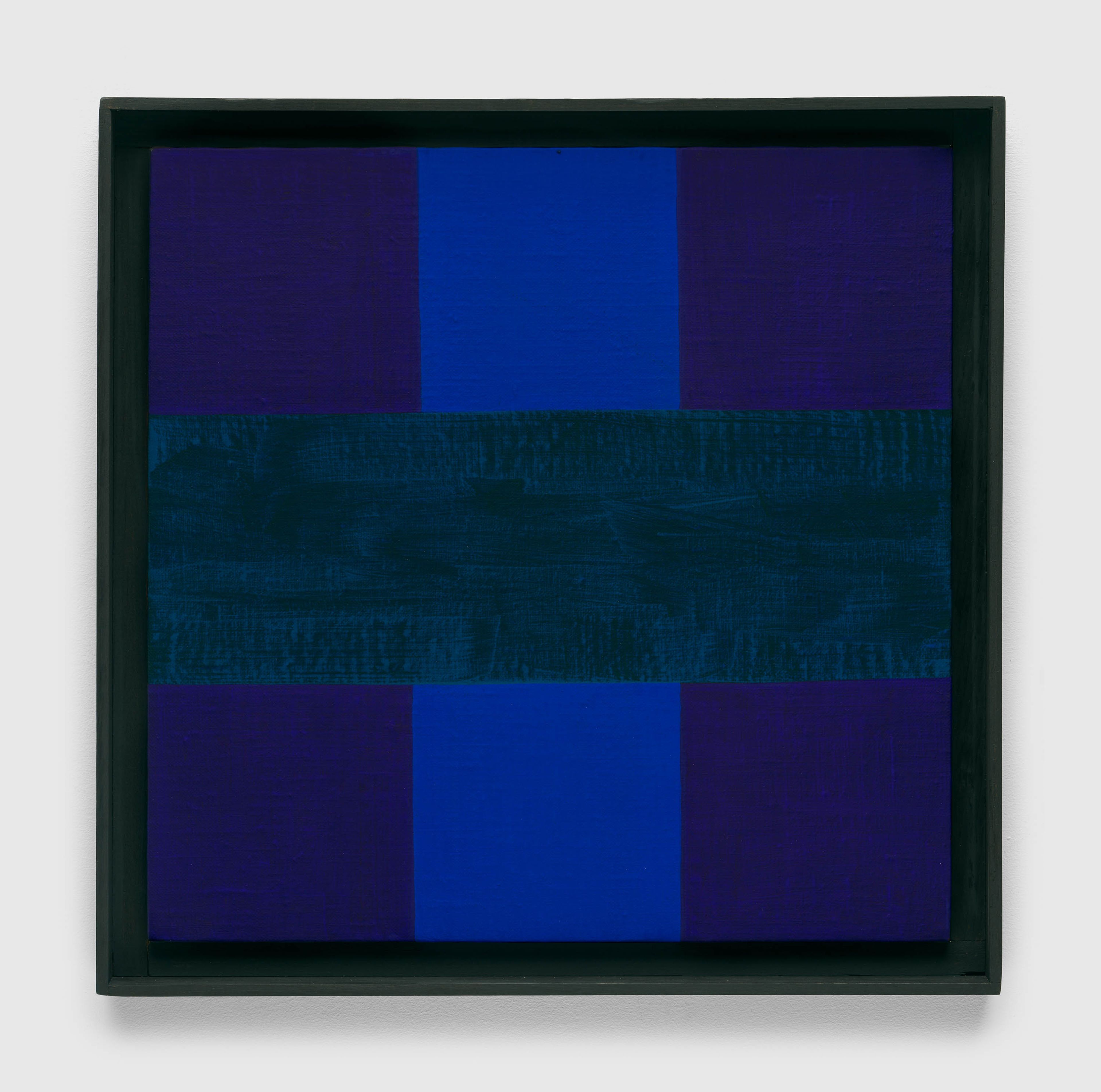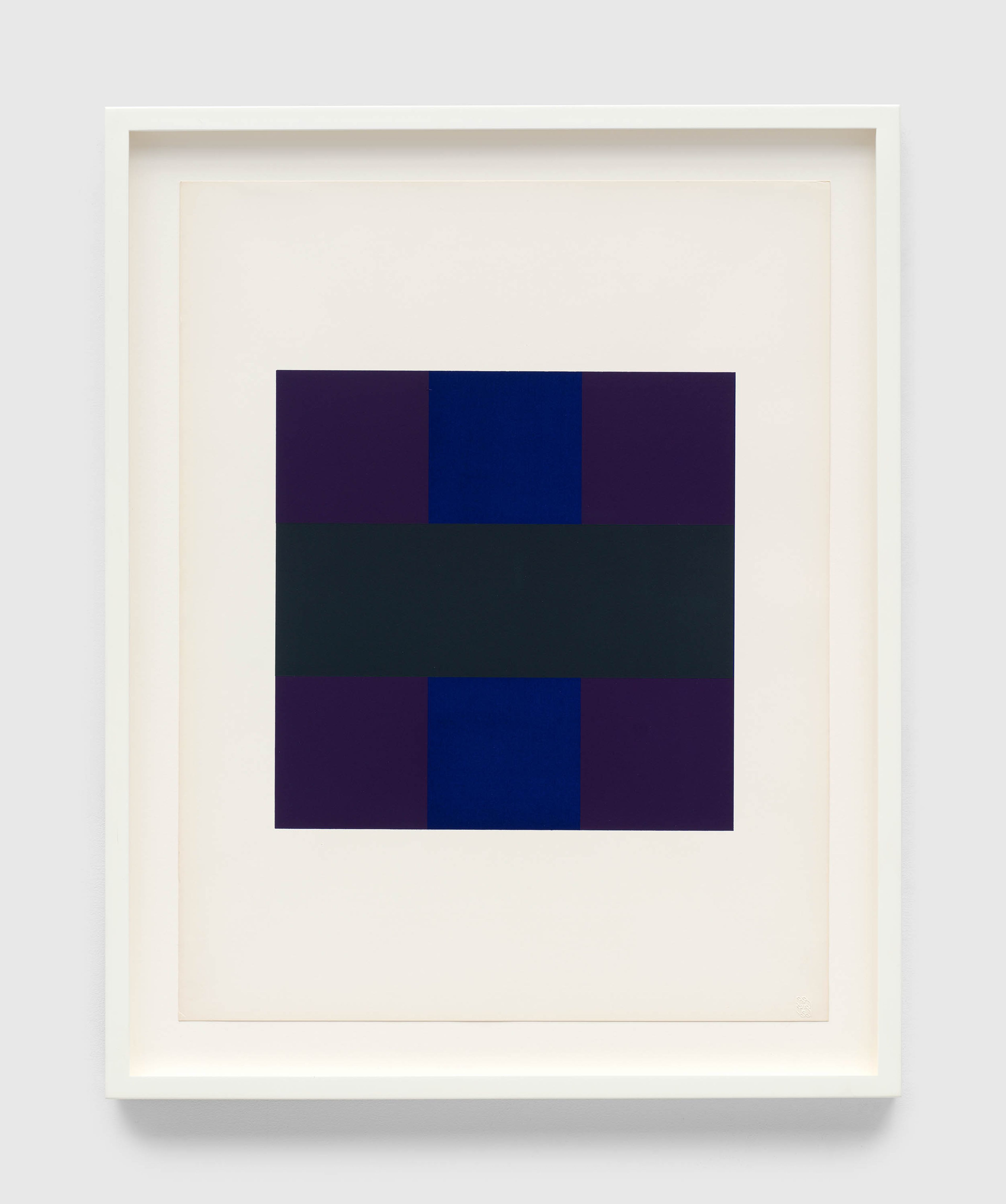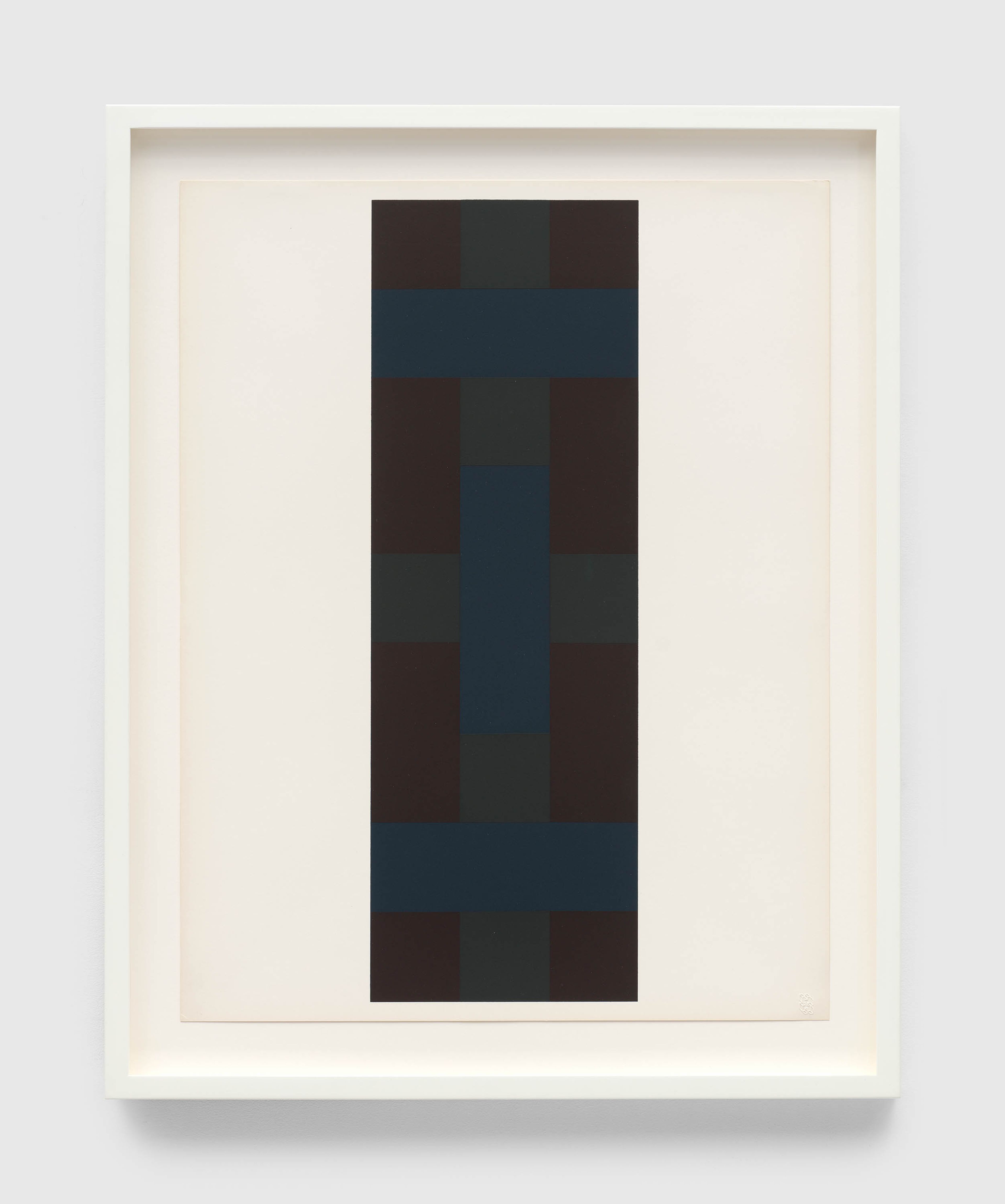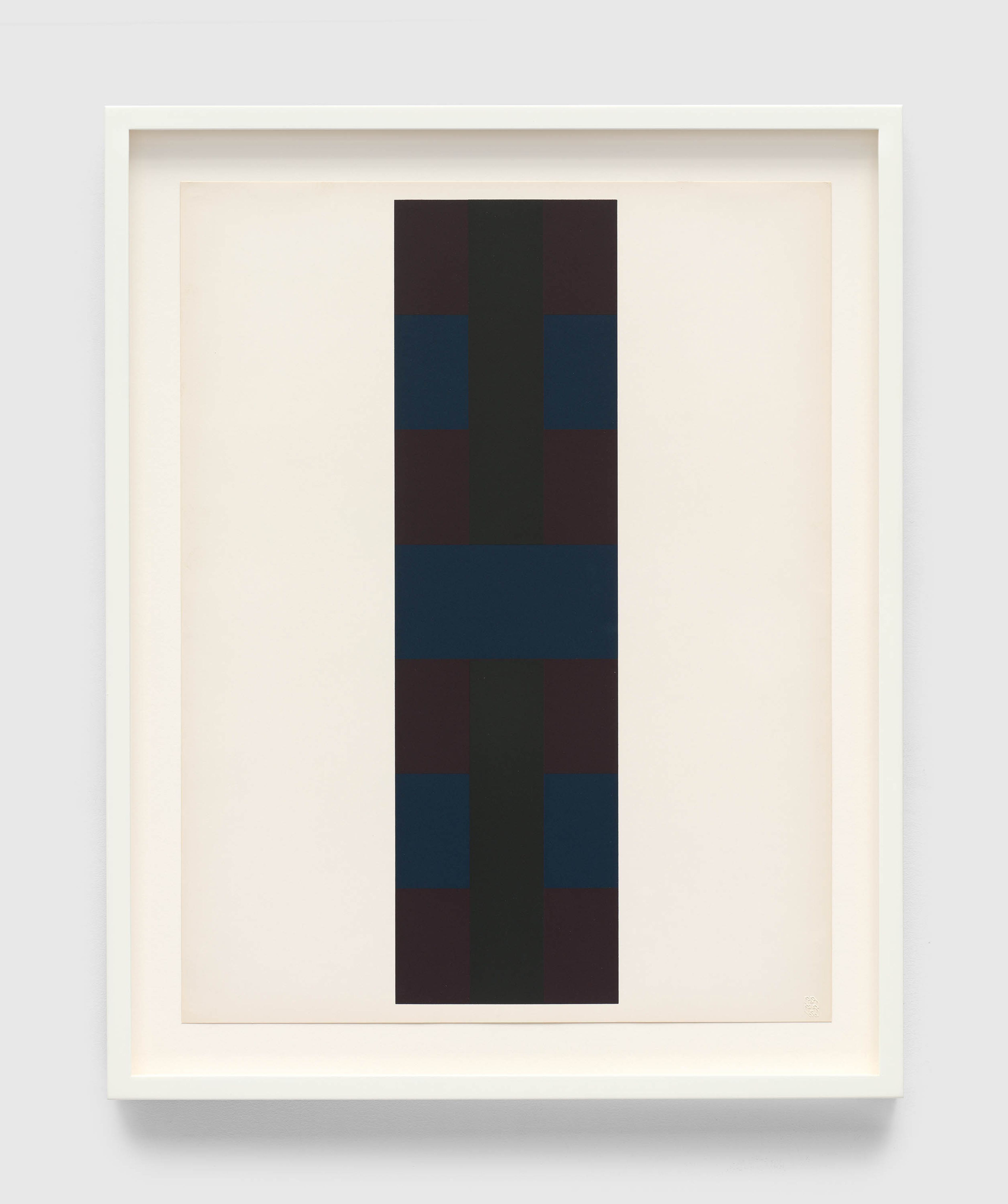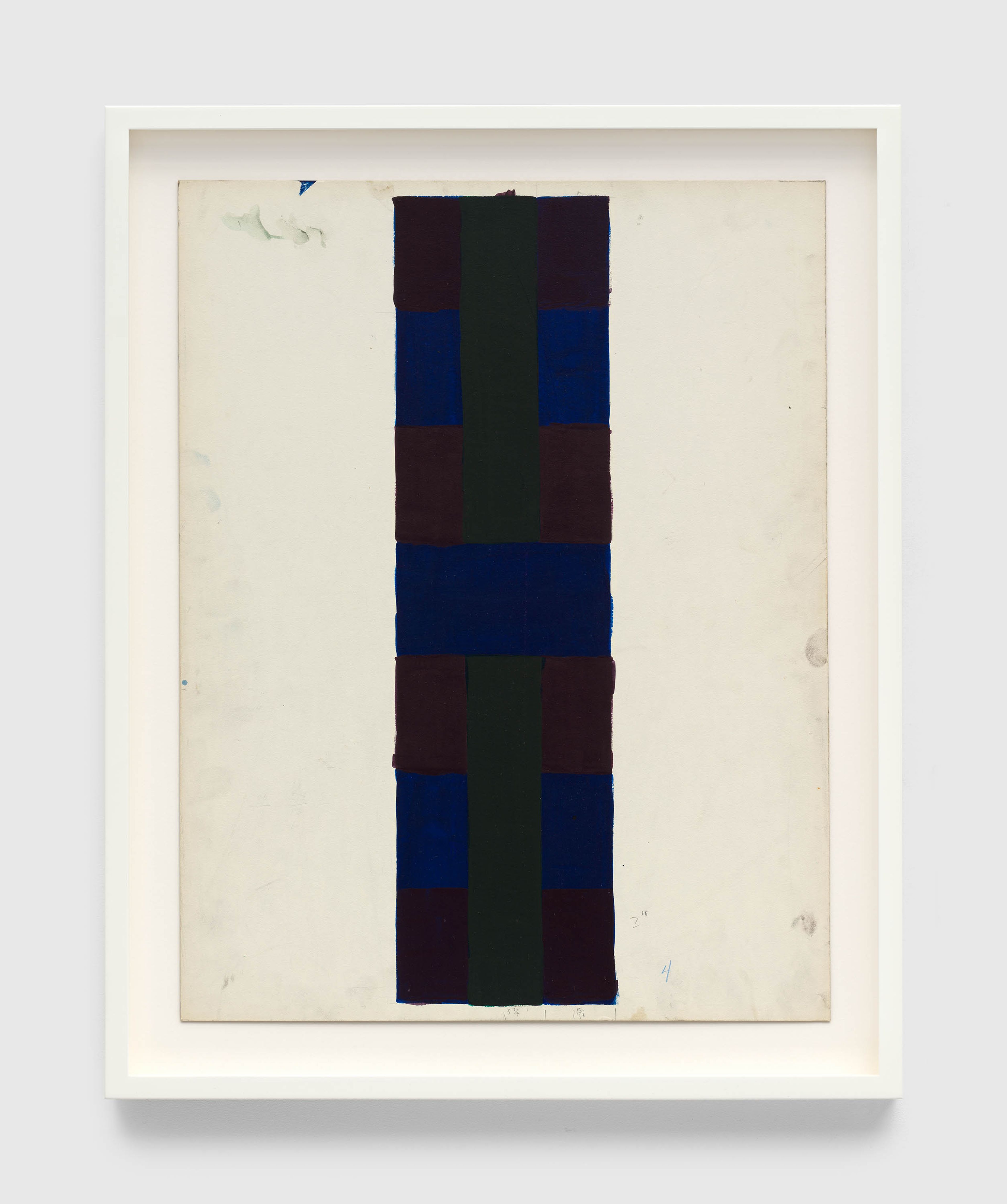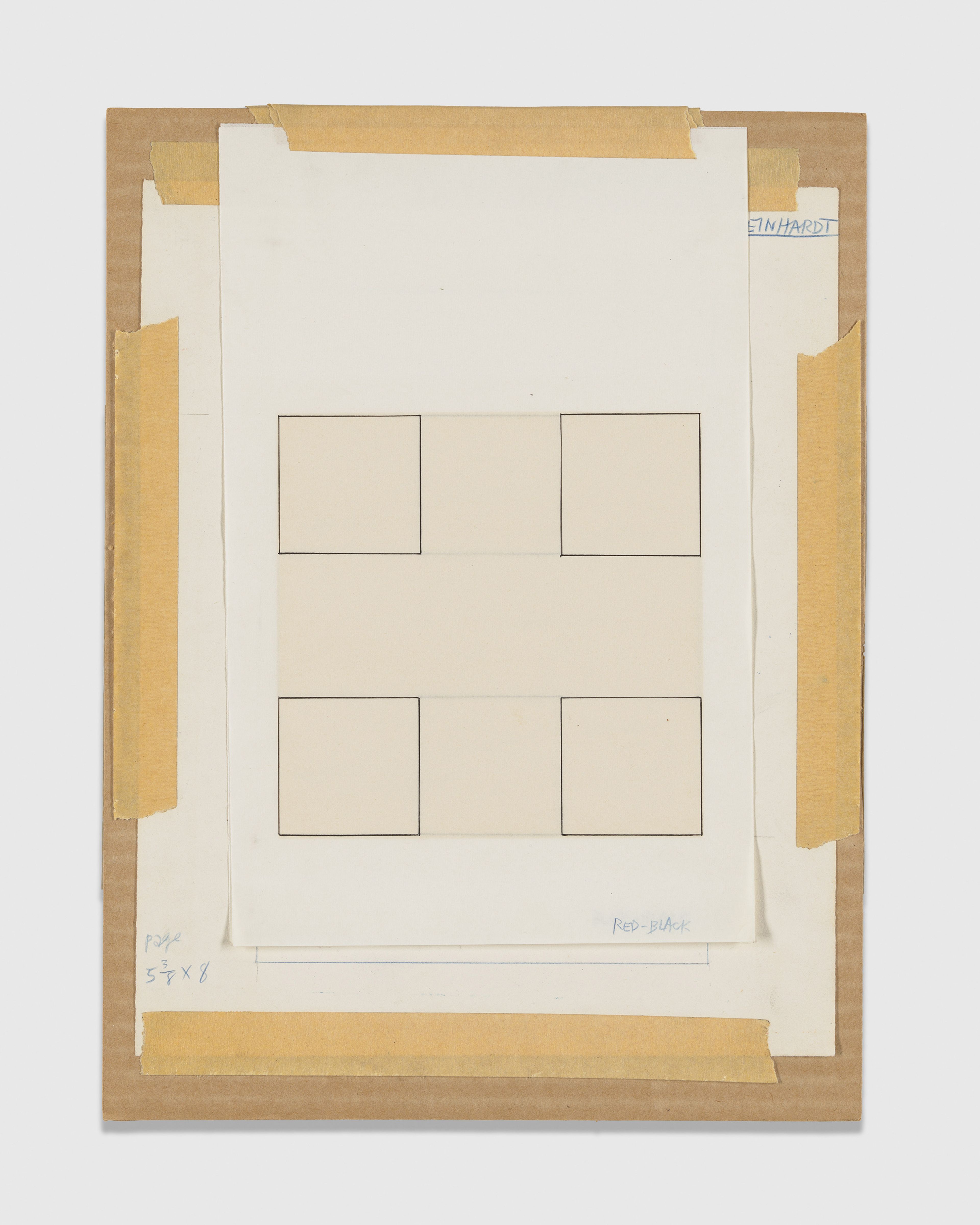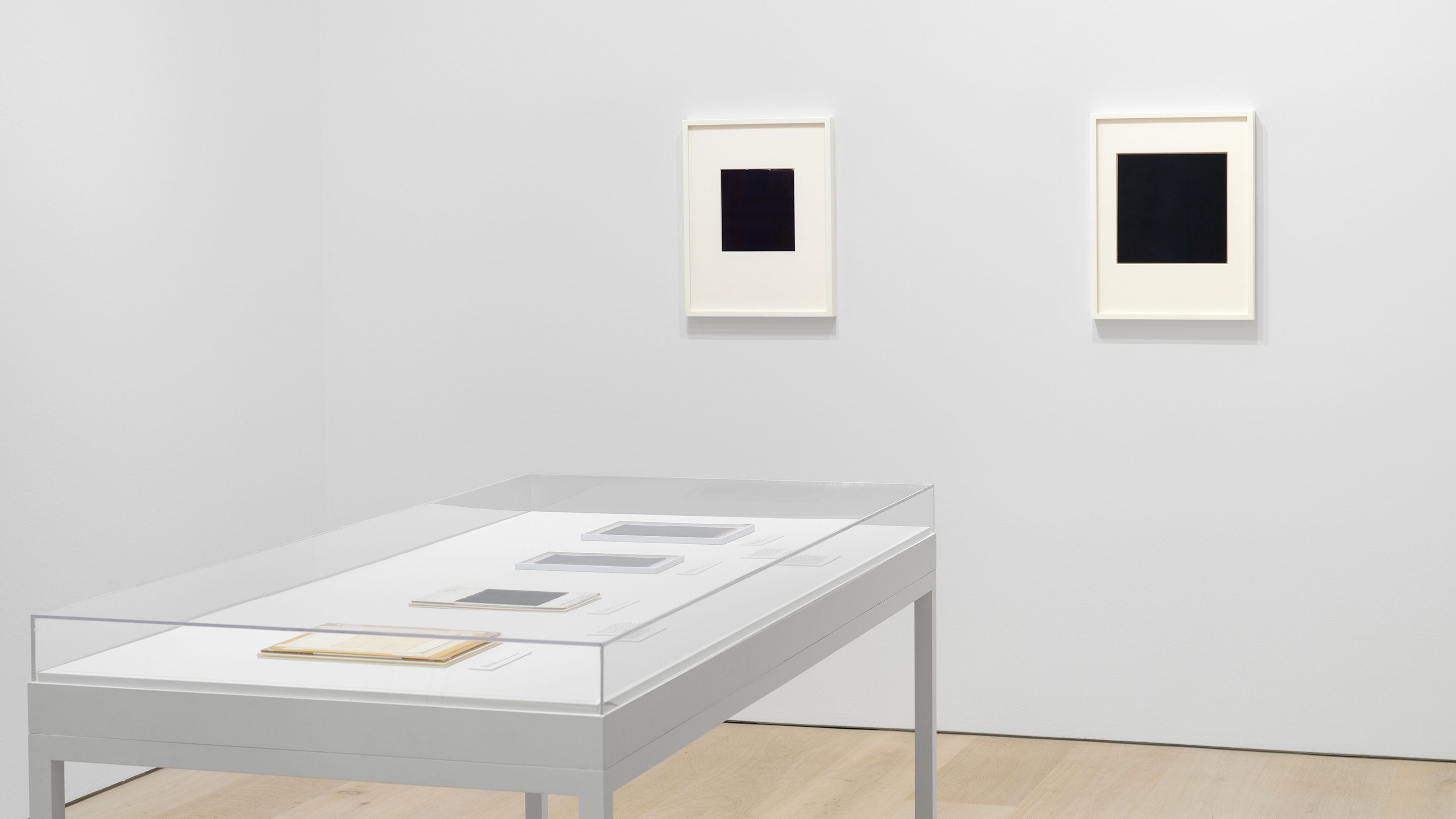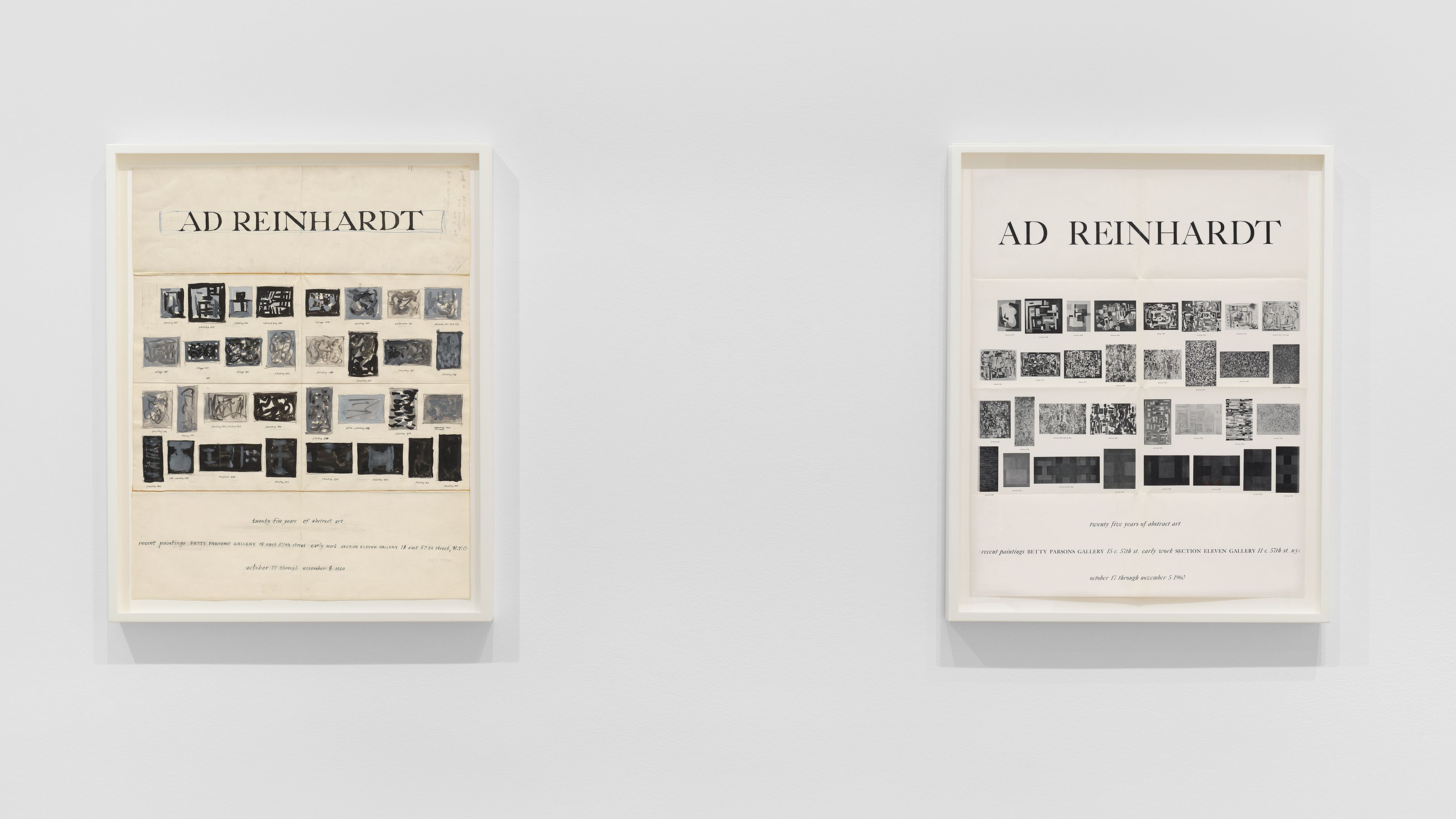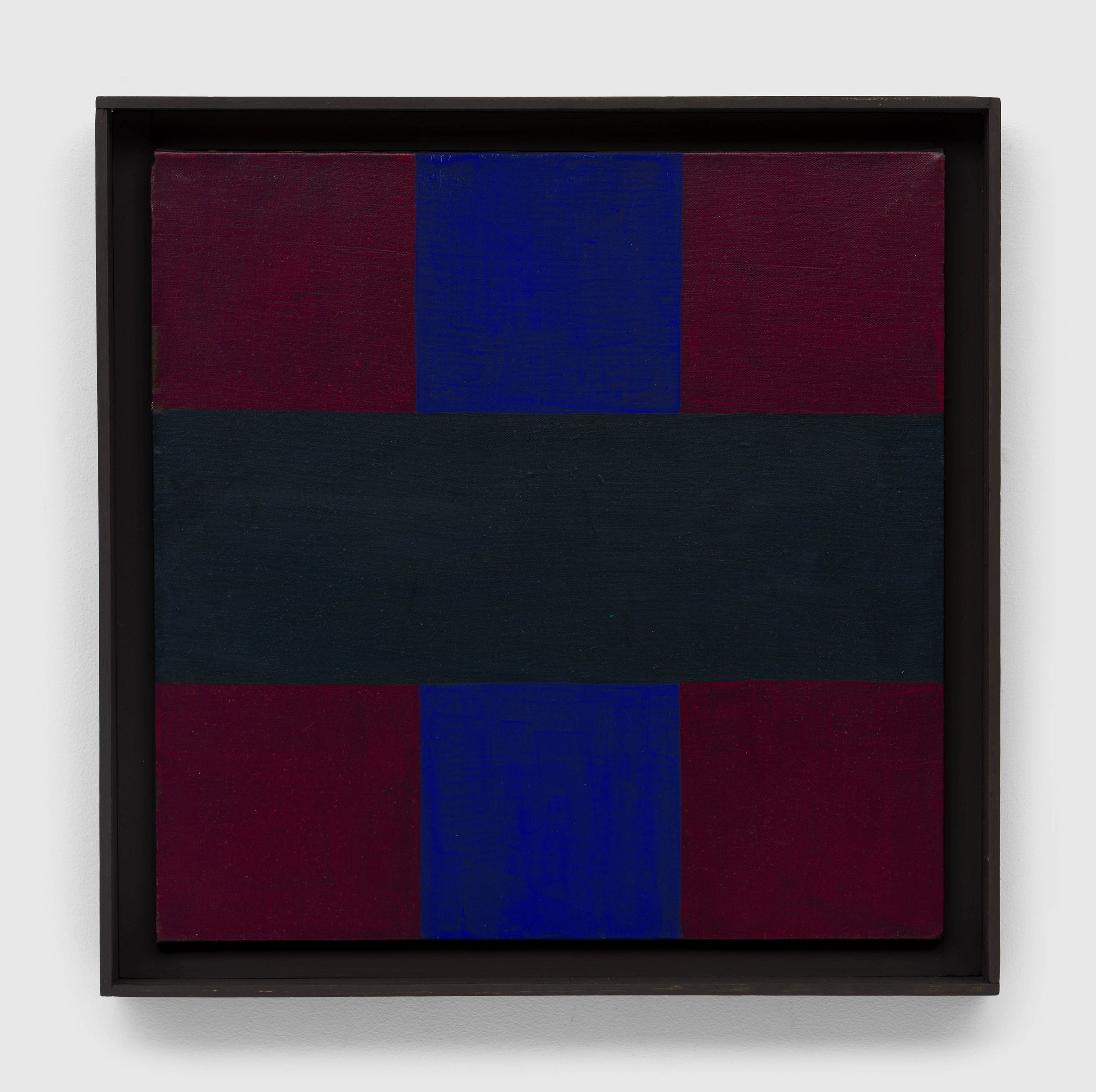Ad Reinhardt: Print—Painting—Maquette

Ad Reinhardt, 10 Screenprints (portfolio cover), 1966.
Past
September 12—October 19, 2024
Opening Reception
Thursday, September 12, 6–8 PM
Opening Reception
Thursday, September 12, 6–8 PM
Location
New York: 20th Street
537 West 20th Street
New York, New York 10011
Artist
Curators
Jeffrey Weiss
Explore
“I was born the year abstract art was born.... I was born for it and it was born for me.”
—Ad Reinhardt, 1966
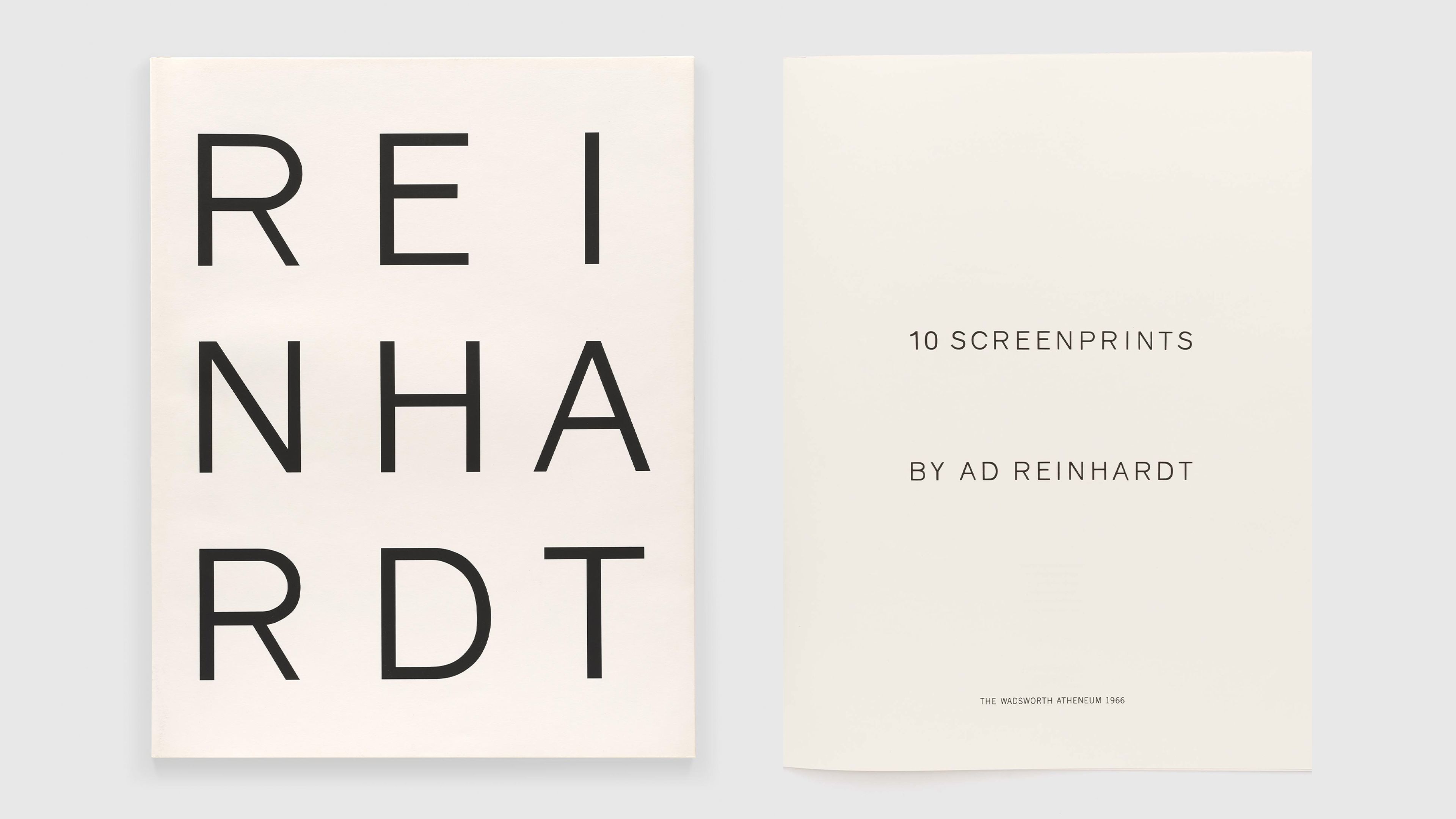
Portfolio cover and front page from Ad Reinhardt, 10 Screenprints, 1966
“He was the only New York school artist who never painted figurative works.... I was always impressed by the fact that his rejection of something was not because he could not do it, but rather he thought there were higher forms of creativity.”
—Barbara Rose, The Brooklyn Rail, 2013
“Considering the refinement of Reinhardt’s painting practice, he would not have undertaken the full portfolio if he hadn’t already learned—from making his first print—that it was possible to apply his exacting standards to the screenprint medium.”
“Reinhardt’s screenprints are, in and of themselves, hieratic icons of color and form, almost unique in printmaking of the era for being at once sumptuous and austere. Yet, as images, they are derived from his painted work.”
![Ad Reinhardt, Color study for the portfolio 10 Screenprints, 1966 (detail). Yale University Art Gallery, New Haven [Note: High resolution image is forthcoming]](https://cdn.sanity.io/images/juzvn5an/release-adp/2fd4e7f11fff0a0af5734bdb85aa1e18742479ff-3000x1687.jpg?w=3840)
Ad Reinhardt, color study for the portfolio 10 Screenprints, 1966 (detail). Yale University Art Gallery, New Haven
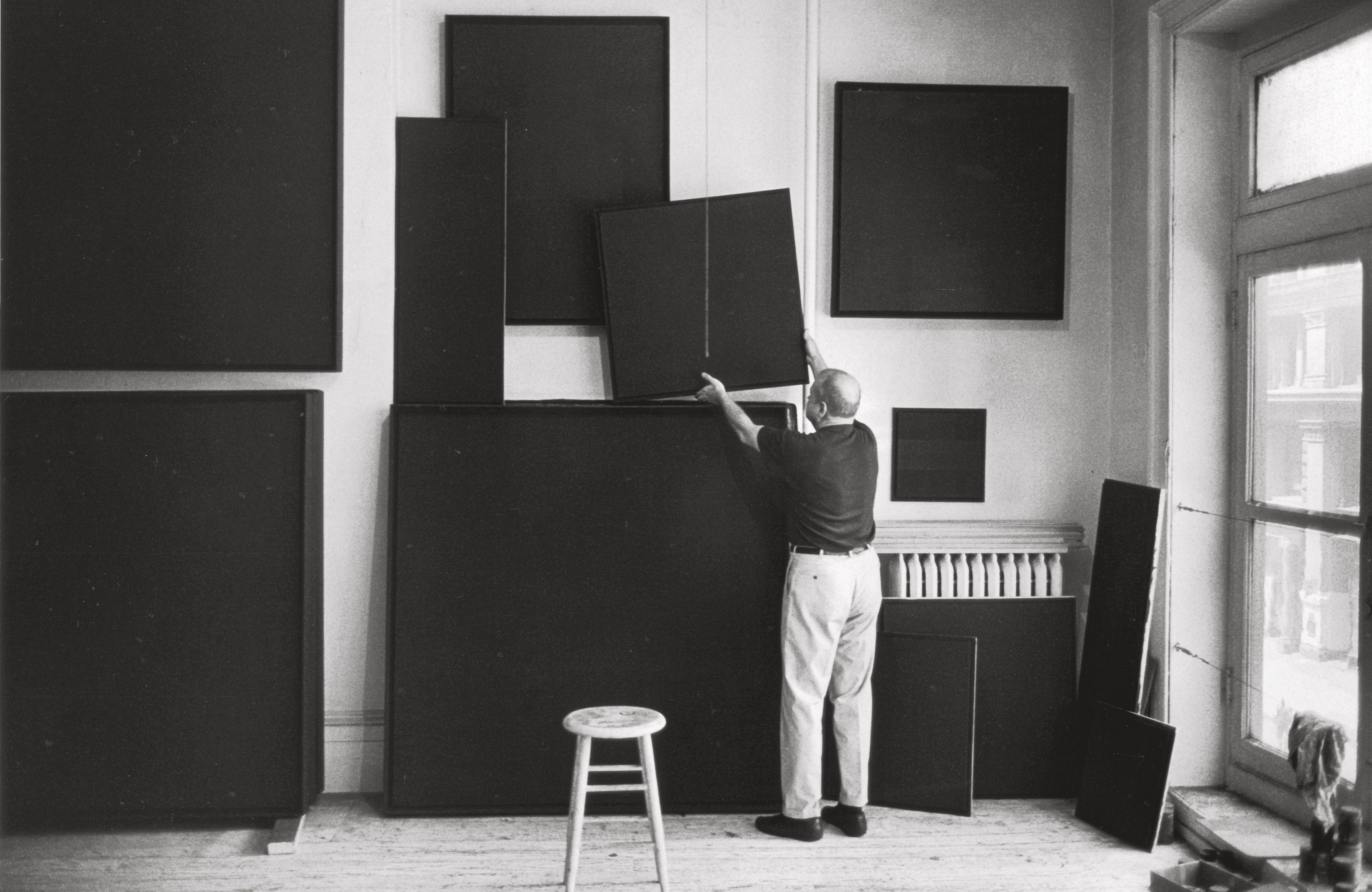
A photo of Ad Reinhardt from the same period: Ad Reinhardt, at 732 Broadway studio, NYC, 1966. © John Loengard—The LIFE Picture Collection via Getty Images
“Reinhardt’s experience as editor and art director of various newspapers, periodicals and journals ... is likely to have contributed significantly to his understanding of the nature of the process of screenprinting, multiples, and commercializing in the 1960s artworld.”
—Elizabeth Reede, “Ad Reinhardt: Visual Perception and the Screenprint Portfolios,” 2011
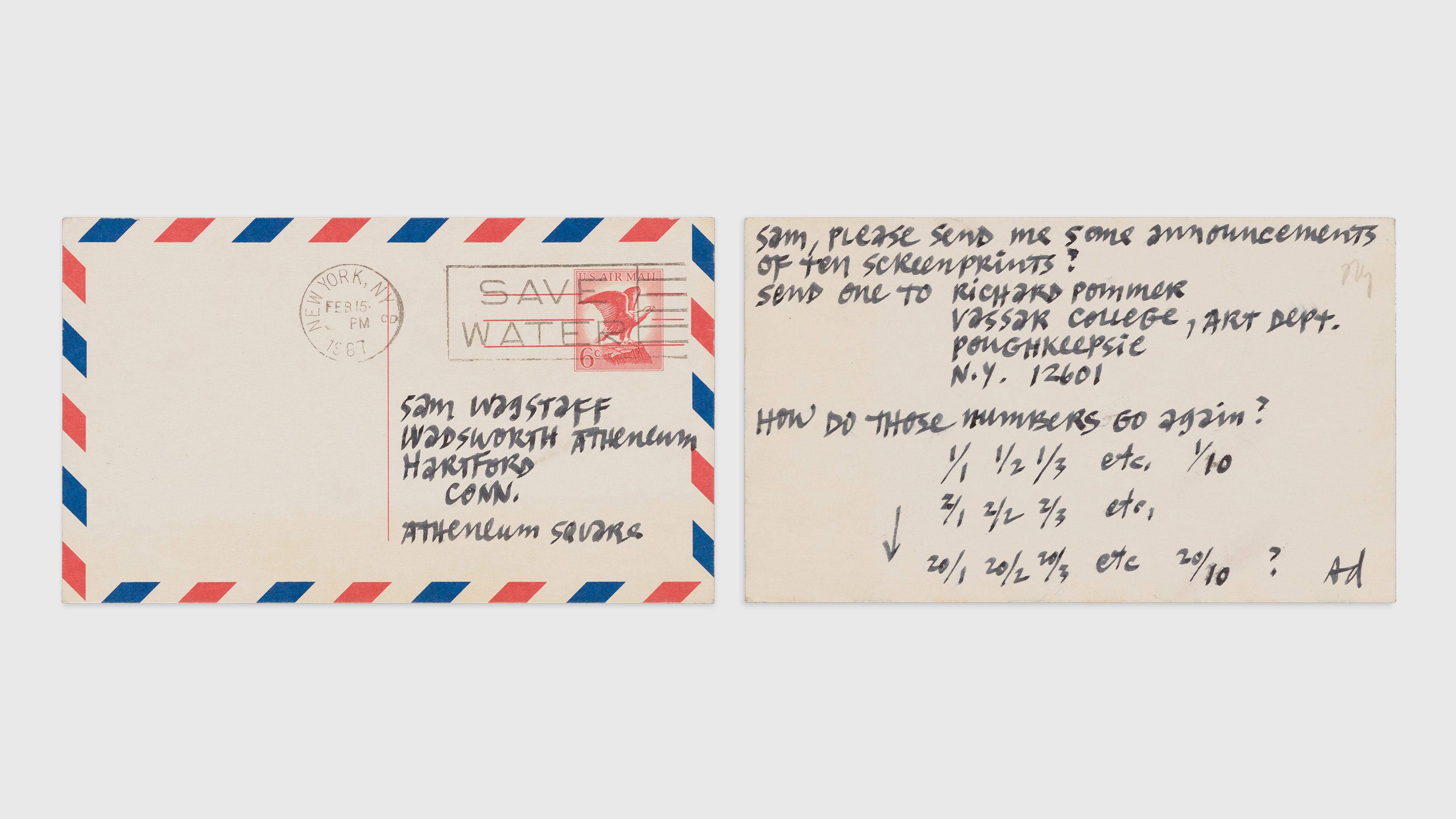
Recto and verso of a postcard from Ad Reinhardt to curator Sam Wagstaff, February 15, 1967, Samuel J. Wagstaff Papers, c. 1932–1985, Archives of American Art, Smithsonian Institution, Washington, DC
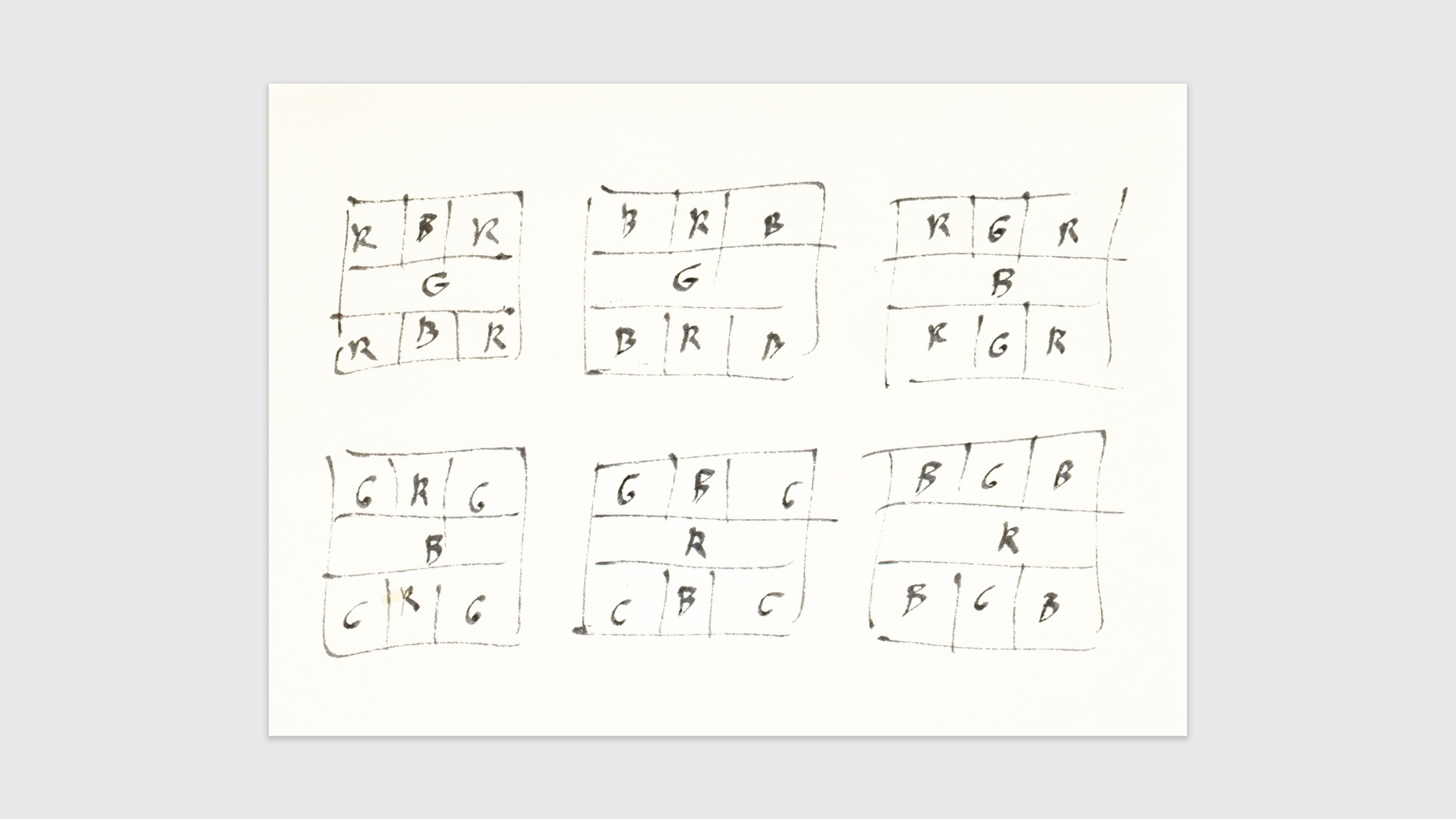
Ad Reinhardt, Drawing, c. 1960. Ad Reinhardt Papers, Series 6: Artwork, c. 1946, 1950, 1961, Box 4, Folder 12, Archives of American Art, Smithsonian Institution, Washington, DC
“For Reinhardt, the screenprinting process seemed to offer a close proxy for oil painting with the materials’ ease of manipulation and experimentation, but also with the added benefits of efficiency and control.”
—Elizabeth Reede, “Ad Reinhardt: Visual Perception and the Screenprint Portfolios,” 2011
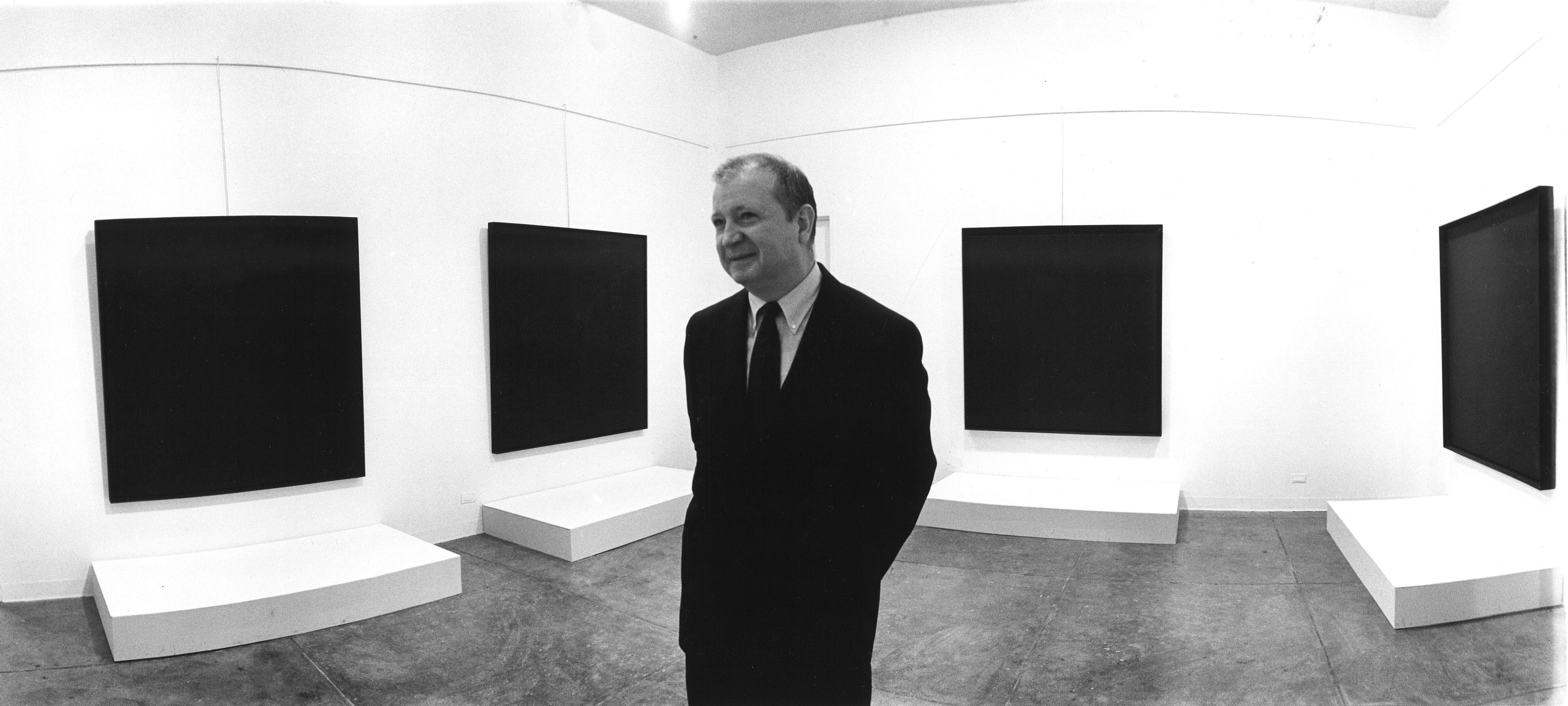
Ad Reinhardt at Betty Persons Gallery, March 1965. Photo by Robert R. McElroy. © Robert McElroy/Getty Image
“Anyone who loves modern painting cannot get around Ad Reinhardt. You have to relate to him in some way or another.”
—Marlene Dumas, The Brooklyn Rail, 2013
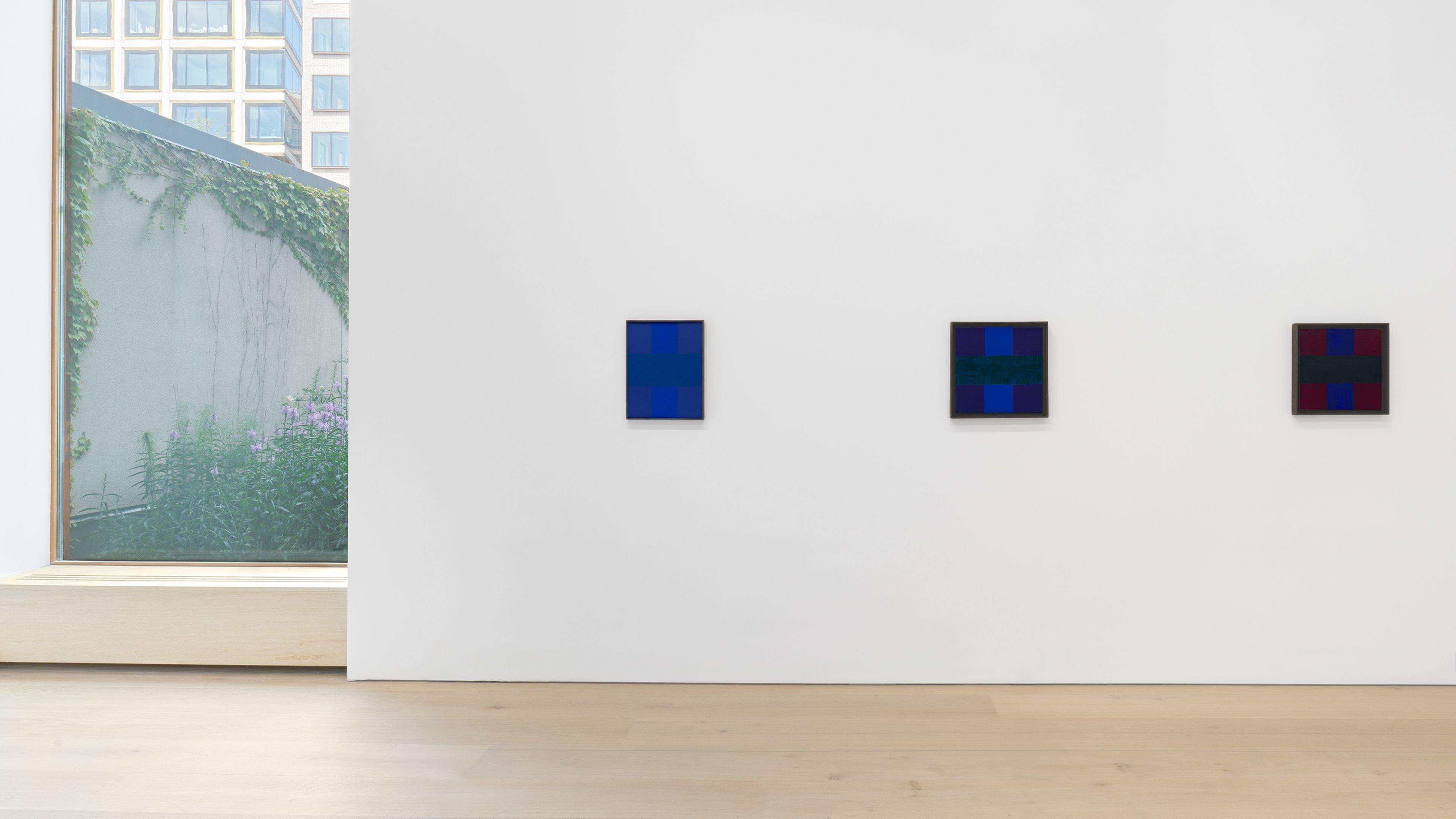
Installation view, Ad Reinhardt: Print—Painting—Maquette, David Zwirner, New York, 2024
Interested in works by Ad Reinhardt?
